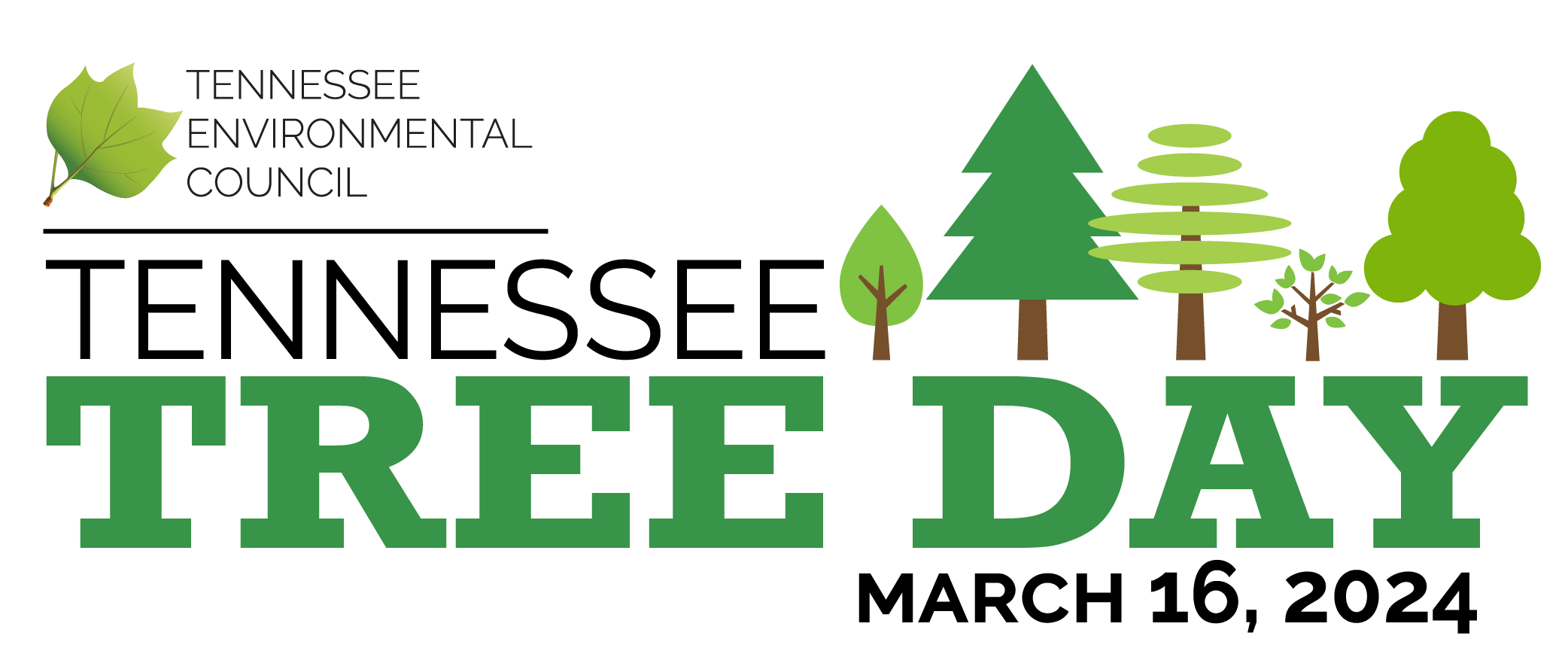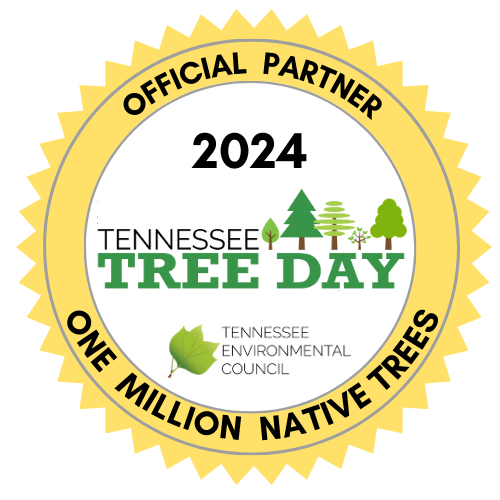Vegetation management and why it matters to you:
We all enjoy a big shade tree, a tire swing and a place to carve our sweetheart’s initials. Like you, Meriwether Lewis Electric Cooperative values trees for their beauty, environmental benefits and community contributions, but we also respect the danger they can create when crossing paths with the electric grid.
Managing vegetation is required as part of the National Electrical Safety Code, and MLEC approaches it in an environmentally conscious way. A well-maintained path around utility poles can provide a good habitat for native grasses, insects, birds, flowering plants, etc. It also provides an open, safer environment for linemen to work.
Tentative 2025 Schedule
Trimming is anticipated to take place across Humphreys County in 2025. Listed below are some areas members can expect to be trimmed:
- The northeast corner of Humphreys County
- Southeast between Bucksnort and McEwen
- Waverly area from Highway 70 to Gorman
- Highway 13 towards Buffalo
Spraying is scheduled this summer for all of Hickman County and portions of Lewis County.
Other than hot-spot areas that need attention when discovered, no trimming or spraying is set for Perry or Houston counties this year. Schedule is subject to change as needed.
For special situations where the property owner would like to personally invest and maintain the right of way according to standards, options are available instead of spraying.
If interested, contact MLEC as soon as possible. The necessary paperwork must be filed with MLEC by May 15, 2025.
Safety
Ensuring members and lineworkers get home safely every day is a priority for MLEC. Vegetation never stops growing and when trees touch power lines, it acts as a conductor. Children climbing trees, homeowners using ladders, farm equipment and lineworkers can all be at risk for serious or fatal injuries.
Reliability
Did you know that one in four power outages are caused by trees and vegetation touching power lines or equipment? The number increases when factoring in storms, but if MLEC maintains a 40-foot right of way (20 feet on all sides of the power line), outage numbers and length decrease.
Savings
A clear right of way means members and the cooperative save on unnecessary expenses and outage time. When a tree falls during a storm, it can pull down power poles and lines. MLEC must replace the pole as well as any transformers, lines and other damaged, connected equipment. Keeping trees, vegetation and power equipment separate reduces costly, emergency repairs.
Our Plan
MLEC uses a mixture of trimming, cutting and spraying to achieve reliability, safety and savings. Our practices follow the International Society of Arboriculture and the recommended guidelines for good tree health by the National Arbor Day Foundation. Contracted crews are also licensed and utilize EPA-approved sprays to avoid environmental issues.
Tips to remember:
- Look up when planting trees — if you see an overhead line don't plant a tree underneath, even a small one.
- Ask your nursery how tall your baby tree will grow once it's mature — if it's expected to reach within 20 ft. of the power lines, plant it somewhere else.
- Find out how sprawling the tree's branches will be at maturity — trees planted 10 ft. away from an electric line can still interfere with the wire if the branches spread.
- Don't plant anything within 3 ft. of your electric meter — the device should be accessible to meter readers.
- Is the electric line underground? If so call MLEC before you do any digging.
MLEC contracts with workers who are trained to trim trees, so limbs are a safe distance from overhead power lines. Utility workers urge homeowners to leave the trimming to professionals when branches are within 10 ft of a power line as they are trained to know which direction the pieces will fall, unlike the homeowner, whose cut might land a branch on top of a live wire.
*Special situation options are available through MLEC where the property owner would like to take a more personal investment and agrees to manage the right of way according to the required distance. If interested, contact your local MLEC office as soon as possible. Everything must be in place before annual spraying takes place, usually June-August with the schedule announced in advance.


